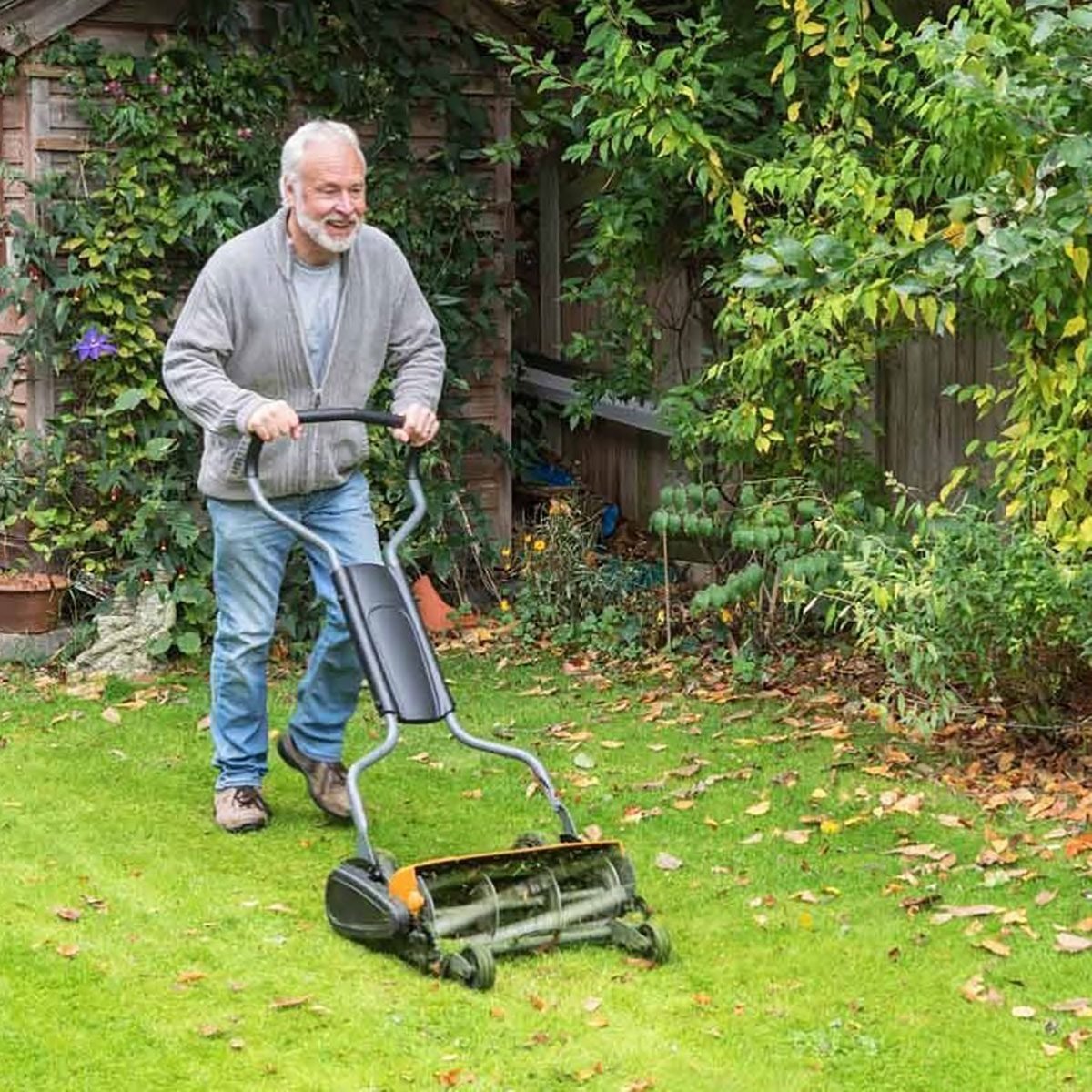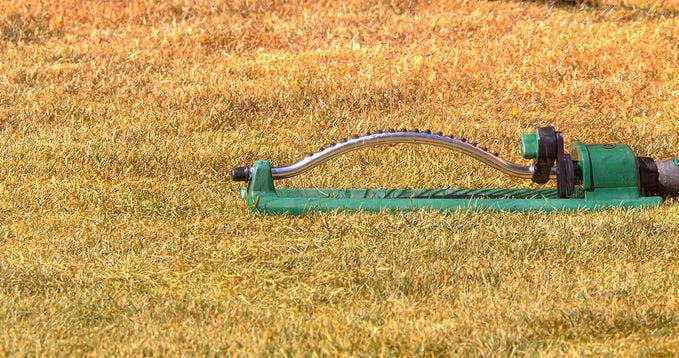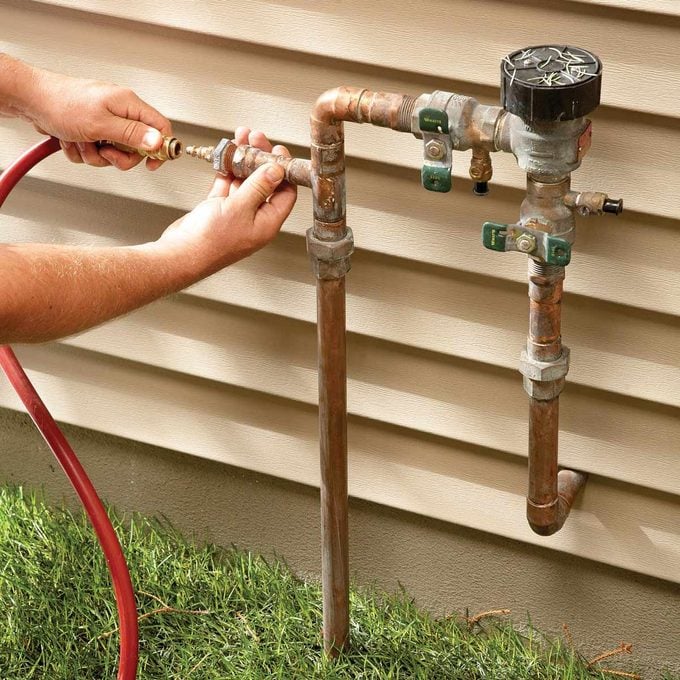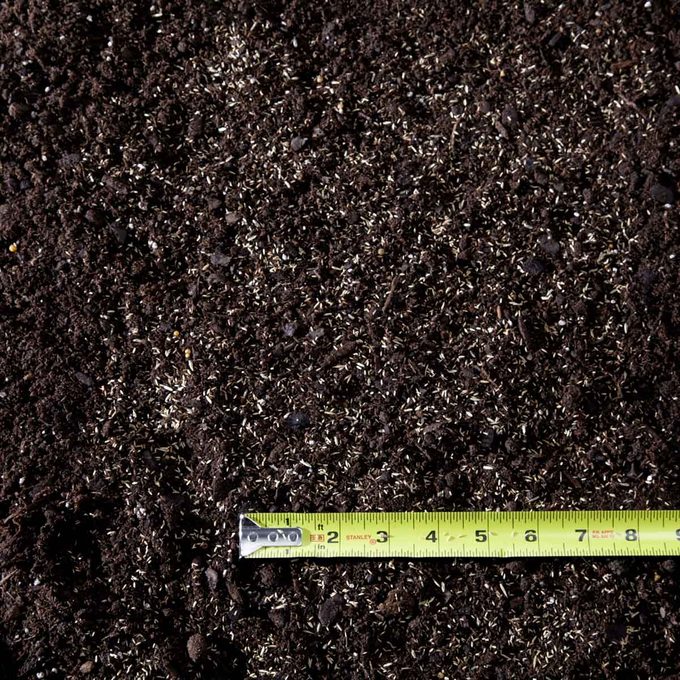Learn the best ways to prep your lawn for fall.

7 Ways to Prepare Your Lawn for the Fall

Most homeowners assume that at the end of the summer, their grass care duties are over. They’re wrong, though. The truth is that fall is the time when your lawn needs you the most. That’s the best time to get it ready for spring. Follow these five fall prep steps and you’ll have the healthiest lawn you’ve ever had next spring when things start greening up again.

On This Page
Water
If it’s been a dry fall, make sure the soil is moist going into winter. It’s very stressful for the root system to go for months in bone-dry soil. Even when it’s cool, the soil is still losing moisture to the atmosphere, just not as quickly as it does when it’s hot.
Rake
Don’t leave dead leaves on your lawn. They’ll only promote mold and smother the grass when it’s trying to get started next spring. Plus, it’s much easier to rake them up in the fall when they’re dry.
Aerate
If you have heavy soil, fall is the time to aerate. Do it when the soil is moist and before you fertilize. Aerating loosens the soil, which allows roots to spread and oxygen to penetrate.
Fertilize
Even though the lawn is beginning to turn brown, the roots are hard at work storing nutrients for the winter and the following growing year. Fall is the single most important time to fertilize. Wondering when to fertilize the lawn in fall? Six to eight weeks before your first frost date.
Mow
For the last cutting of the season, set your mower to about 1-1/2 in. and cut the grass short. That will help prevent snow mold in your yard.

Winterizing a Sprinkler System
You can pay the irrigation company $125 every year to blow out your sprinkler system, or you can use your air compressor and do it yourself. You just have to be careful not to leave any water in the line or it might freeze over the winter and burst a pipe. Also be aware that even the largest home compressor isn’t powerful enough to blow out the entire system at once, so you’ll probably have to blow it out zone by zone.
If you’re into number-crunching and you have the original irrigation layout showing the gallons per minute (gpm) of each sprinkler head, just divide the total gpm of each zone by 7.5. That’ll give you the cubic feet per minute (cfm) your compressor needs to blow out the zone. Otherwise, just rent a 10-cfm compressor and hose from your local tool rental center.
Set the compressor air-pressure regulator to a maximum of 80 psi for rigid PVC pipe systems, or 50 psi for flexible black polyethylene pipe. Then turn off the water supply and set the system timer to open just one zone. Next, open the manual drain valve at the end of that zone (if equipped).
Close off both valves on the backflow preventer. Then remove the plug on the blow-out port and screw in a quick-connect hose adapter. Snap on the air hose and connect the other end to the compressor (see photo). Then blow out the line. The heads should pop up and spit out water. Disconnect the hose as soon as they run dry.
Don’t overdo the blow-out — without water cooling the plastic gears, they can melt in less than a minute. So move on to the next zone and allow the heads to cool. Then, go back and blow out each zone a second time. Plus: Learn how to install an irrigation system yourself.

Reseed Late in the Growing Season
Reseed in the late summer/early fall. Whether you’re seeding a small patch or a whole yard, you’re going to be much more successful if you wait for the cooler, damper weather of late summer or early fall and plant fall grass. It’s almost impossible to get seed to survive during the dog days of summer. It’s simply too hot and dry. You’ll most likely just waste your time and expensive seed. Some fall grass seed varieties are better than others.



















